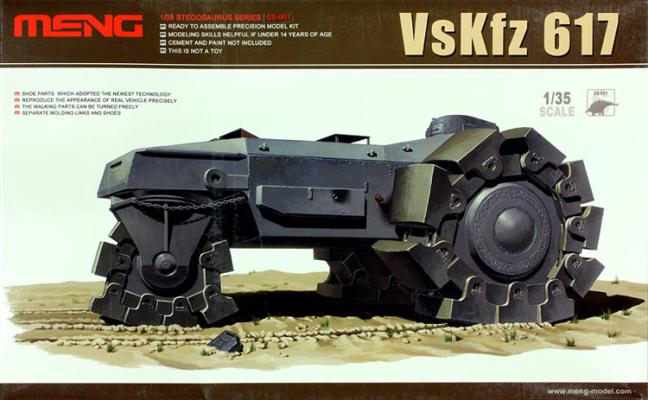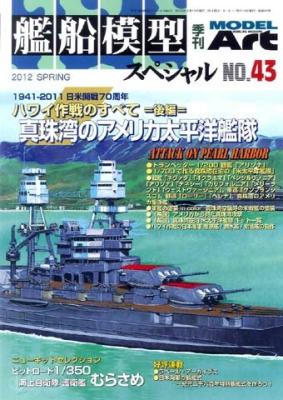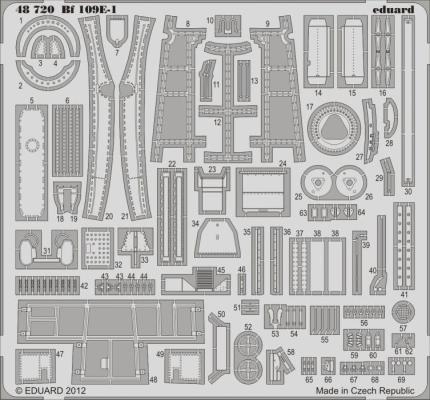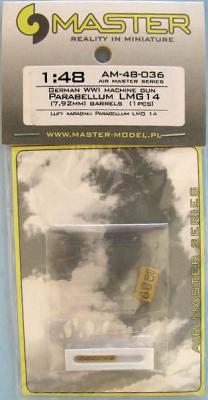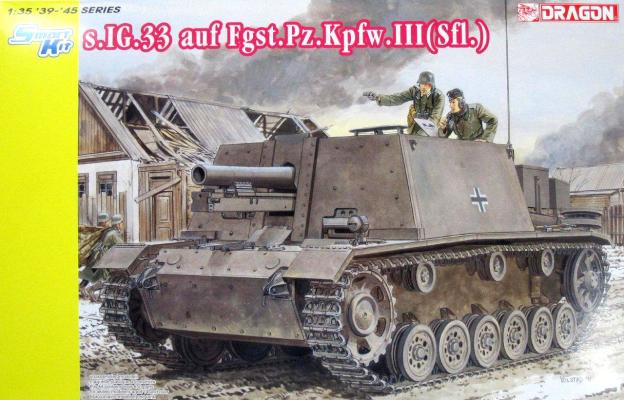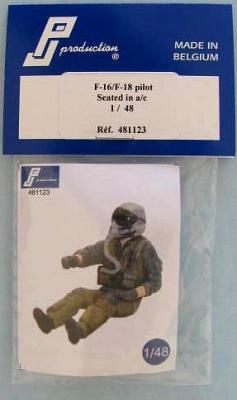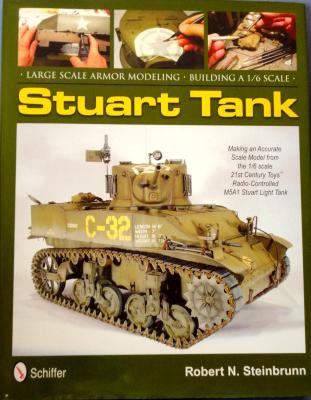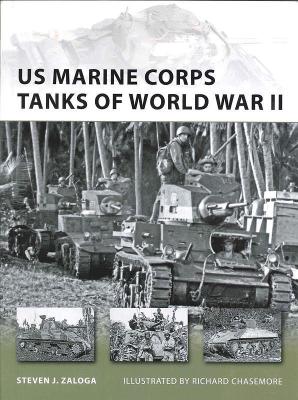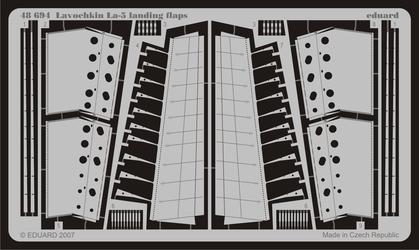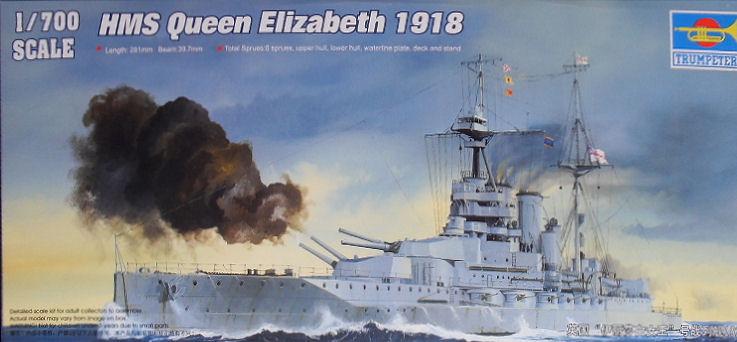The VsKfz 617 Minenraumer is the first entry in Meng’s Stegosaurus series.
The VsKfz 617 never got out of the prototype phase. The first one was completed in 1942, jointly designed by Alkett, Krupp, and Daimler-Benz. Only the vehicle captured by the Russians survives today.
The model comes in a sturdy box with all sprues individually bagged. The hull top and bottom are in a separate compartment, as is the turret. The track parts are in two plastic trays, keeping everything neat.
The instructions comprise a 14 page booklet with a color drawing of a minenraumer on the front. The first page has a discussion of the unclear history of the vehicle. Page 3 through 12 contain the 19 step instructions, all very clearly drawn, with no step being too busy or confusing. Page 13 is a nicely done parts map, and page 14 has 3-color drawings showing possible camouflage schemes.

